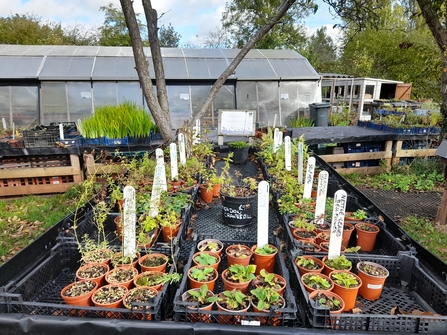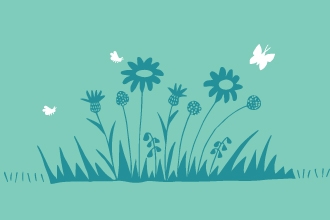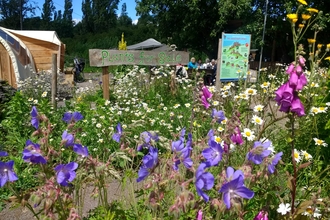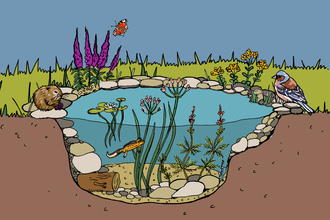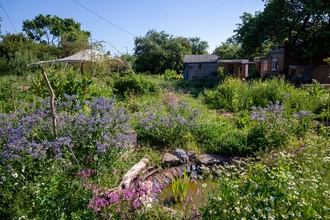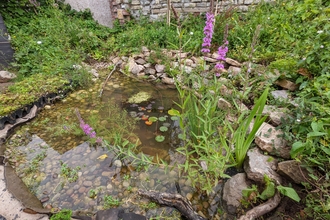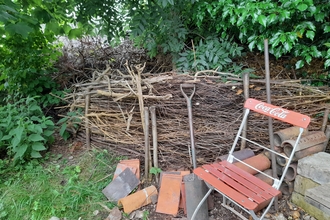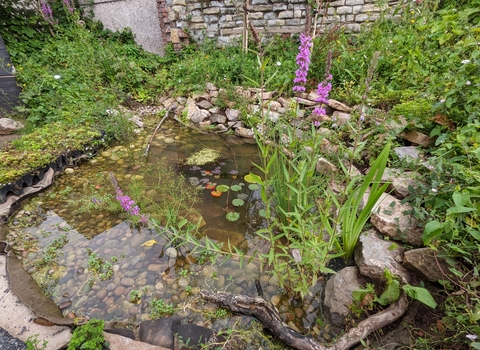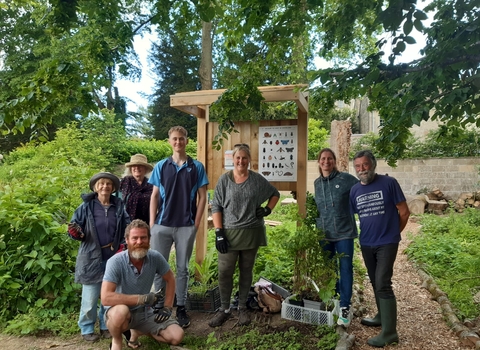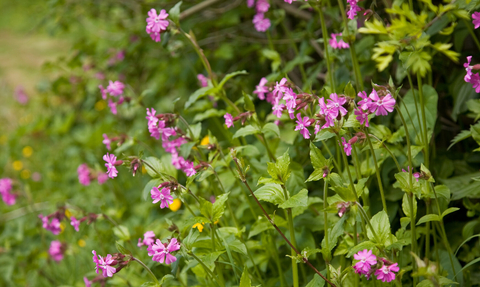
Paul Lane
Team Wilder Wildflowers in Partial Shade
Team Wilder Wildflowers in Partial Shade
Written by Oliver Hall, Avon Wildlife Trust volunteer
Barney Smith
UK native wildflowers are beautiful and rival any garden centre floral border, and will also be feeding the bees, bugs, birds and attracting wildlife to your garden. Wildflowers will thrive with the right conditions – some love full sun and others prefer some partial shade through the day. This page looks at partial shade, also known as semi-shade, and which flowers will enjoy those conditions best.
Adding just a few wildflower plants to your outdoor space – maybe just one or two a year – can add up to a big impact for nature. Especially as more and more people embrace their many delights and the benefits. You do not need a lot of space to grow wildflowers in partial shade either, with balconies, window boxes and small borders all great spots to grow native wildflowers.
What is partial shade and semi-shade?
Partial shade areas of your garden or outdoor space are those that get direct sun for only part of the day – between three and six hours in summer. So it’s not the same as dappled shade - though many of the same plants will grow in both conditions. While wildflowers are often associated with meadows or open hillsides, if you think about it you will probably have seen some of many varieties that thrive in certain spots such as open woodland, along hedges, field margins and roadside verges. As all those environments differ in terms of sunlight, various wildflowers enjoy or can cope with different degrees of shade.
"At my house parts of the north-facing front garden only get direct sun for a few hours per day and some of the things we have planted have not enjoyed it while some wildflowers love it. In the back garden some areas up against fences would also be in the partial shade category" (Oliver Hall, AWT volunteer).
What kind of wildflowers grow in partial shade?
For a start you could see what is growing wild nearby? Take a walk around your neighbour and pay particular attention to wilder areas, such as woods, field edges, along hedgerows. What’s growing there? Apps like iNaturalist or PlantNet will help identify wildflower species and note which ones you like the look of.
In wilder hedgerows near where Oliver lives in Bath, he has seen cow parsley, comfrey and hedge woundwort.
Grow Wilder Autumn planting (https://www.youtube.com/watch?v=52yKwaD-dVI)
Grow Wilder, filmed and edited by Sam Cole
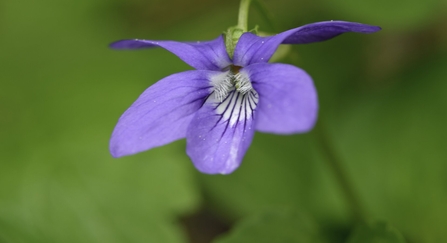
Chris Gomersall
Tips on growing wildflowers
For nature, native wildflowers are by their very nature plants that attract insects, including bees, butterflies and other pollinators, including those that will be eaten by birds. They cope best in low-nutrient soil as that reduces competition from coarse grasses, so for gardeners or those with a patch of outdoor space, do not use compost or any fertiliser.
Apart from removing competing grass from taking over your wildflowers, lots of digging is unnecessary too, with wildflowers happily thriving without great effort before no-dig became trendy. Many wildflowers can be grown from seed, but if you want a headstart or you’re reading this in late spring or after you can still buy plugs, which are small plants ready to go into the garden or window box or larger plants in pots.
Avon Wildlife Trust’s Grow Wilder wildflower nursery specialises in selling wildflowers, so you can support nature in your garden as well as Avon Wildlife Trust.
Recommended wildflowers for partial shade
The gallery above and details below show some top wildflower recommendations from Grow Wilder in Bristol for partial shade.
Betony - grows in partial shade or full sun, as often found next to hedgerows or open woodland. Spikes of purple-pink flowers bloom from June to September, attracting bees and other pollinators.
Meadow Crane’s-bill - likes full-sun or partial shade, with striking nectar-rich violet flowers beloved of many bee species, including Buff-tailed Bumblebees, Red-tailed Bumblebee and Honeybees.
Foxgloves are a beautiful purple tube flower, loved by bees, especially the common carder bee. They're common in UK woodland and hedgerows.
Perforate St John’s-wort - a beautiful, medium tall perennial plant with golden yellow flowers that yield no nectar but have masses of pollen for attracting bees.
Common Figwort - may not be the most stunning to the human eye, but bees go wild for the small green flowers with a maroon lip as they are prolific nectar producers.
Others include Wild Angelica, Common Valeria, Bugle, Common Comfrey, Common Gromwell, Cow Parsley, Dog Violet, Hairy St John’s Wort, Hedge Bedstraw, Hemp Agrimony, Nettle-Leaved Bellflower, Red Campion, Rough Chervil, Selfheal and Sweet Woodruff.
Many of these can cope with full sun too, such as Meadow Crane’s Bill, Stinking Iris, Hedge Bedstraw, Hemp Agrimony and Hairy St John’s Wort. If you are looking for plants for somewhere with more shade then try Stinking Iris and Sweet Woodruff.
Even some fruit can be grown in partial shade if they get a few hours of full sun a day, such as blackcurrants, redcurrants, raspberries and gooseberries.
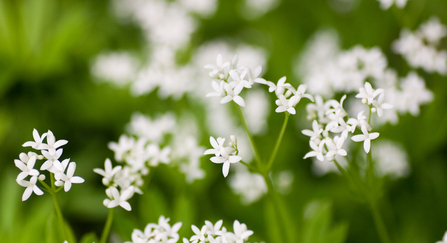
Sweet woodruff by Paul Lane
Resources
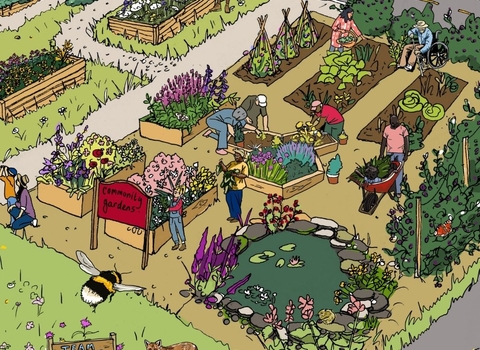
(C) Hannah Bunn
Be part of Team Wilder
All actions for nature collectively add up and creates life for people and wildlife.
Share your actions for nature, like Tom by sharing and tagging @avonwt on social media and
Log your actions for nature on the map




